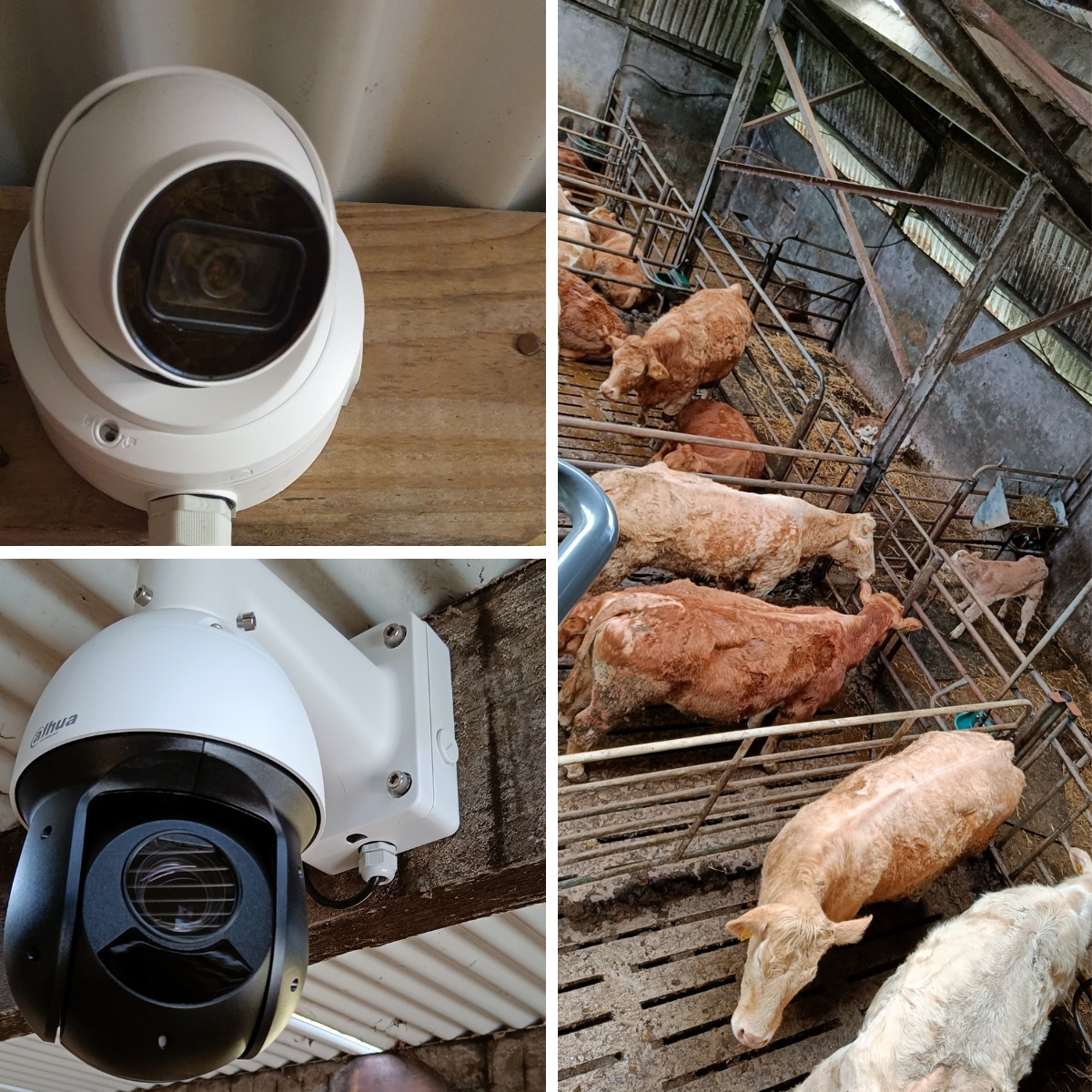In Ireland, the agricultural sector has been described as the backbone of the national economy.
However, farms face challenges such as theft, vandalism, and time management which can often complicate the jobs of farmers.
As a remedy, the installation and integration of CCTV camera systems is becoming an increasingly vital tool for farmers in Ireland.
Let’s look at the importance of these systems, focusing on their benefits and what the future holds in terms of their integration with smart farming technologies.
Enhanced Security and Monitoring
The primary advantage of CCTV systems is the significant boost in security they provide.
Farms, often located in remote areas, are vulnerable to theft and intrusion. CCTV camera systems act as a deterrent against potential criminals, making farms less attractive targets.
In the unfortunate event of a crime, the presence of high-resolution cameras can aid in identifying and prosecuting the perpetrators.
Key benefits include:
- Theft Prevention: With strategically placed cameras around valuable assets like machinery, livestock, and storage facilities.
- Intruder Detection: Cameras at entry points help in monitoring and restricting unauthorised access.
- Legal Compliance: Ensuring farm operations adhere to safety and security regulations.
Operational Efficiency
Another compelling advantage of CCTV systems is the improvement in operational efficiency. By allowing remote monitoring, these systems enable farmers to oversee various farm activities from a single location. This not only saves time but also ensures that the farm operates smoothly.
Consider the following:
- Employee Monitoring: Ensuring that staff/family members are safe.
- Remote Management: Enabling farmers to monitor and manage their farm operations from a distance, saving time and resources.
- Time and Resource Management: Reducing the need for physical checks across the farm, thereby conserving resources.
- Saving Time: CCTV camera systems can provide invaluable assistance in helping a farmer monitor their livestock without the need for in person visits. Allowing them to focus their attention on other work.
Choosing the Right CCTV System for Your Farm
Selecting the appropriate CCTV system is pivotal for effective farm surveillance. Here's what to consider:
- Assess Your Needs: Identify key areas that require monitoring, such as livestock pens, machinery storage, or entry points.
- Camera Quality and Features: Opt for high-resolution cameras with night vision capabilities for clear footage at all times.
- Weather Resistance: Given Ireland's weather, choose cameras that can withstand rain, wind, and varying temperatures.
Installation and Setup
Proper installation is critical to ensure that your CCTV system functions optimally. Here's how to approach it:
- Professional vs. DIY Installation: Given the challenging conditions and unique requirements of a farm, consider hiring PSA registered professionals who are EQA certified. If it is a one-off camera installation, a DIY approach may work but again, farms often have unique requirements such as the remote nature of outbuildings.
- Network and Connectivity: Ensure reliable network connectivity for remote monitoring, especially in areas with limited internet access with Point-to-Point (PtP) technologies.
Maintenance and Upkeep
Regular maintenance ensures the longevity and effectiveness of your CCTV system:
- Routine Checks: Regularly inspect cameras and wiring for any damage or obstructions.
- Software Updates: Keep the system's software updated for optimal performance and security.
- Technical Support: Have a plan for technical support in case of system failures or technical issues.
The Future: Integration with Smart Farming Technologies
In the era of technological innovation, CCTV systems are not just standalone security tools.
Their integration with smart farming technologies is paving the way for a revolution in agricultural practices.
This integration can transform farms into high-tech domains where every aspect of farming, from planting to harvesting, is monitored, and managed with precision.
Key integrations include:
- Automated Feeding Systems: CCTV can monitor and adjust feeding mechanisms.
- Drone Monitoring: Drones, combined with CCTV, can provide aerial surveillance, offering a comprehensive view of the farm.
- Crop Health Sensors: Linking CCTV with sensors to monitor crop health, providing visual and data-driven insights.
Final Words
In conclusion, the implementation and maintenance of CCTV systems on Irish farms requires careful planning and regular upkeep.
By choosing the right system, ensuring proper installation, and maintaining it regularly, farmers can significantly enhance their farm's security and efficiency.
To enhance farm security and efficiency, CCTV IP camera systems often require a Point-to-Point (PtP) connection for optimal functioning, especially in structures like farm sheds. This setup is crucial for the operation of calving/foaling cameras, providing real-time monitoring to assist in the birthing process.

